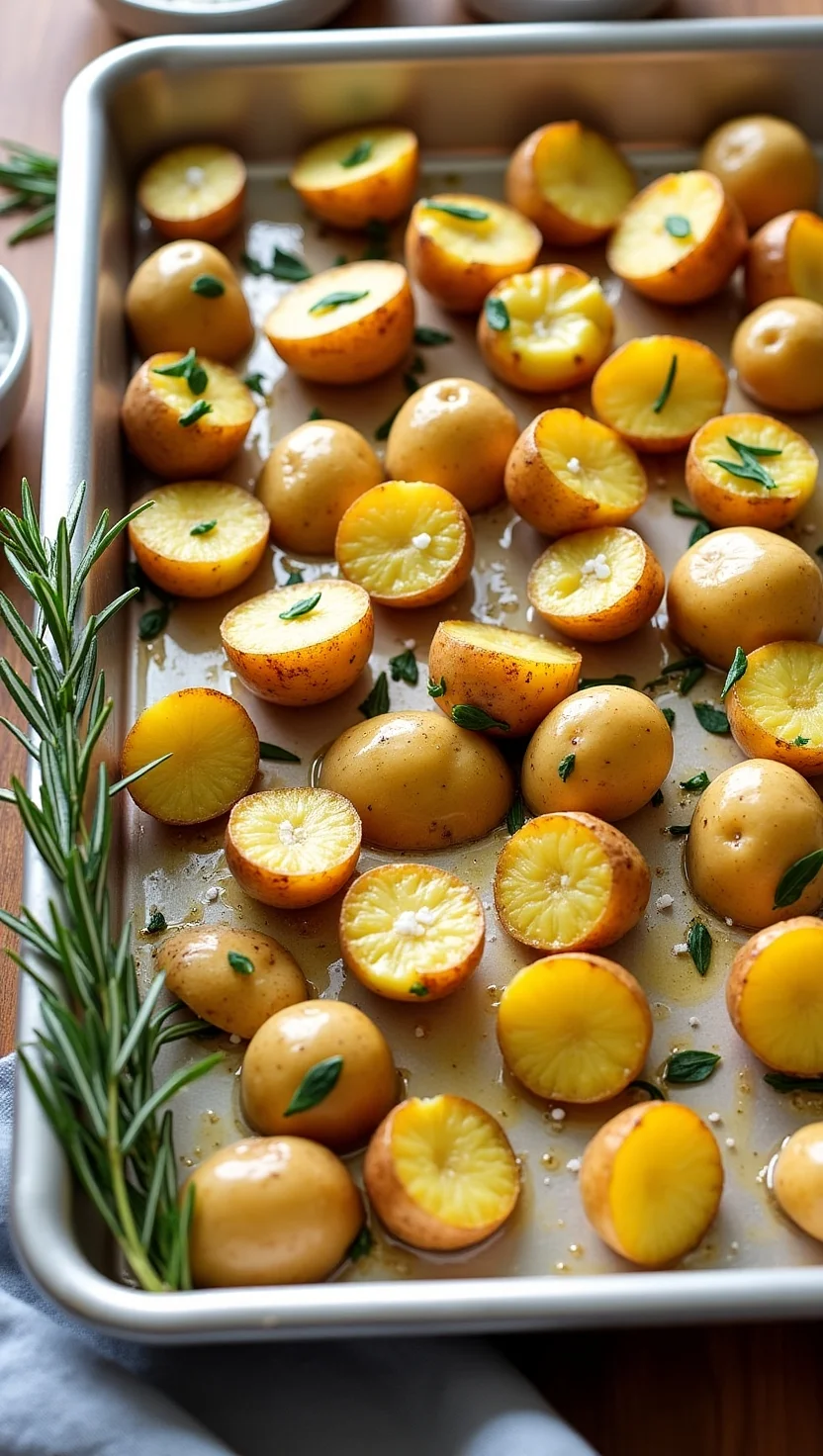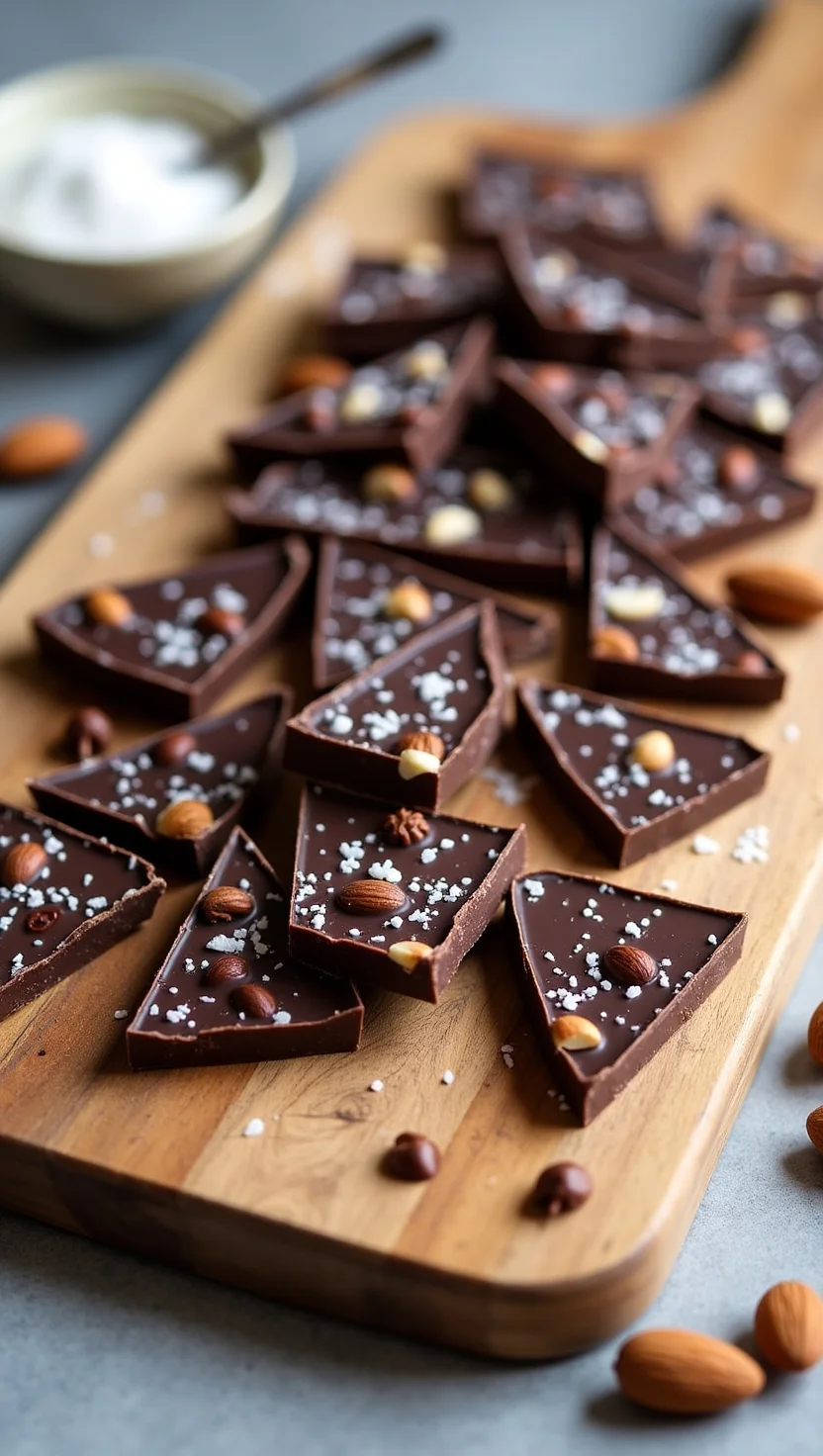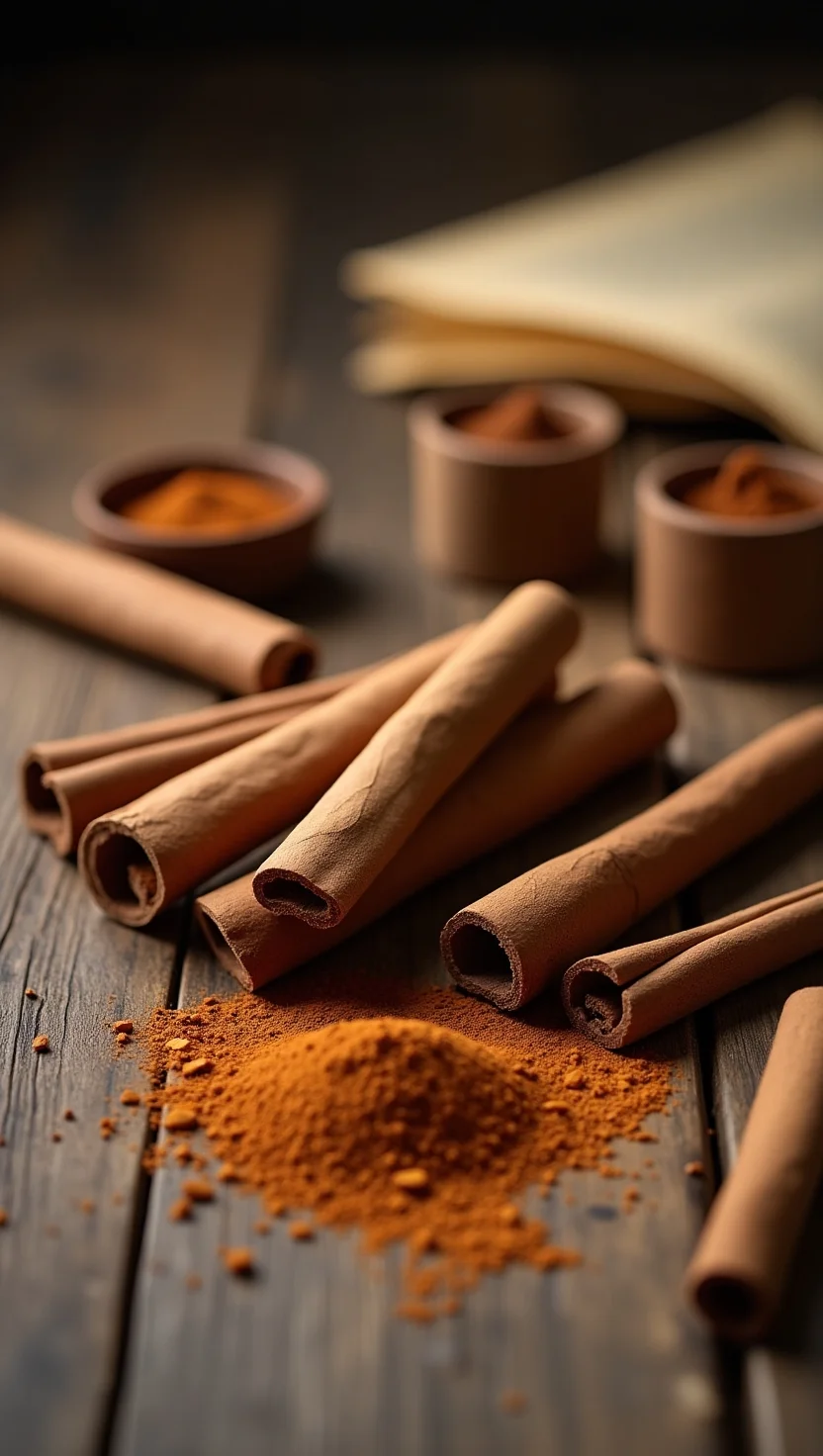Have you ever searched for “sald” online and ended up with results about salt? You’re not alone. “Sald” is a common misspelling for salt, one of the most widely used and essential spices in kitchens around the world. Though technically a mineral, salt is often grouped with herbs and spices because of its central role in enhancing flavor.
Used for thousands of years in preserving food, improving taste, and even in religious rituals, salt has a fascinating history and a powerful presence in modern cooking. From Himalayan pink salt to sea salt and kosher salt, its varieties offer different textures, flavors, and culinary benefits.
But salt is more than just a flavor booster — it has health implications too, both good and bad. Let’s explore its nutritional value, health benefits, uses in cooking, and much more.
Table of Contents
Nutritional and Health Benefits
Salt is primarily made of sodium chloride (NaCl), a mineral essential to human life in small quantities. Sodium helps the body maintain proper fluid balance, aids nerve function, and supports muscle contractions.
✅ Key Nutritional Values:
- Sodium: Essential for nerve and muscle function.
- Trace Minerals: Depending on the type of salt, it may contain small amounts of magnesium, calcium, and potassium.
✅ Health Benefits (in moderation):
- Maintains electrolyte balance
- Prevents dehydration
- Supports proper nerve and muscle function
- Enhances nutrient absorption (such as glucose and amino acids)
⚠️ Health Risks (with excessive intake):
- High blood pressure
- Cardiovascular problems
- Water retention
Note: The FDA recommends no more than 2,300 mg of sodium per day for most adults — about one teaspoon of salt.
Culinary Uses and Recipes
Salt (or sald, as some might type!) is the cornerstone of flavor in global cuisine. It’s used in everything from soups and stews to baked goods and desserts. Salt enhances natural flavors, balances sweetness, and helps preserve food.
🍽️ Popular Culinary Uses:
- Seasoning meat and vegetables
- Baking breads and pastries
- Fermenting foods like pickles and sauerkraut
- Brining poultry and meats
🍲 2 Easy Recipes Featuring Salt:
1. Classic Sea Salt Roasted Potatoes

- Toss baby potatoes with olive oil, rosemary, and sea salt. Roast until golden and crispy.
2. Salted Dark Chocolate Bark

- Melt dark chocolate, spread on parchment, sprinkle sea salt and almonds. Chill and break into pieces.
🧂 Pro Tip: Add salt during cooking in layers — a little during prep, a little while cooking, and a touch at the end to balance flavors.
Substitutes and Alternatives
If you’re out of salt — or reducing your sodium intake — there are a few substitutes you can consider.
🧂 Common Substitutes:
- Potassium salt: Lower in sodium, good for those with hypertension.
- Herb blends: Like Mrs. Dash, for salt-free flavoring.
- Soy sauce or tamari: Adds salty umami flavor to Asian dishes.
👃 Flavor Comparison:
- Potassium salt has a bitter aftertaste for some.
- Soy sauce adds depth and richness, not just saltiness.
- Herb blends enhance flavor without sodium.
📌 When substituting: Start with half the amount and adjust to taste.
How to Dry and Store
Unlike herbs, salt doesn’t need to be “dried,” but storing it properly is key to maintaining quality, especially for specialty salts.
🧂 Best Practices for Storing Salt:
- Use airtight glass containers to prevent clumping from moisture.
- Store in a cool, dry place, away from the stove or sink.
- Keep flavored or infused salts in dark containers to protect oils and herbs from light.
🌬️ Avoid using salt containers with metal lids unless they are rust-proof, as salt is highly reactive.
Conclusion
Whether you call it “sald” by mistake or salt by name, this simple mineral is anything but ordinary. It shapes the flavor of nearly every meal and has been essential to human survival and cuisine for centuries. From its nutritional role to its versatile culinary uses, salt deserves a thoughtful place in your kitchen.
So the next time you’re cooking, baking, or preserving — reach for the salt (or “sald”) and remember how much power lies in just a pinch.
FAQs
Q1: Is “sald” a real word?
No, “sald” is a common typo for “salt.” However, it appears frequently in search results, especially related to cooking.
Q2: Can I use salt in both sweet and savory dishes?
Yes! Salt enhances flavor in both. Try adding a pinch to chocolate desserts or caramel sauces.
Q3: How long does salt last?
Salt is a natural preservative and has an indefinite shelf life, especially if stored properly.
Q4: Are there any side effects from salt?
Yes — too much salt can lead to high blood pressure and other health issues. Use it in moderation.
Q5: Is pink Himalayan salt healthier than regular salt?
While it contains trace minerals, the health difference is minimal. It’s more about taste and texture preference.
For more information and to explore the world of herbs, you can visit the following links:
Cilantro: A Fresh Take on a Classic Herb
Dill: 5 Culinary Powers That Will Make You Love This Herb
Top 5 Amazing Mints Benefits, Uses & Recipes
Dried Basil Benefits for Kitchen & GardenCilantro: A Fresh Take on a Classic Herb
Cinnamon Stick: The Spice with a Rich Past and Present
